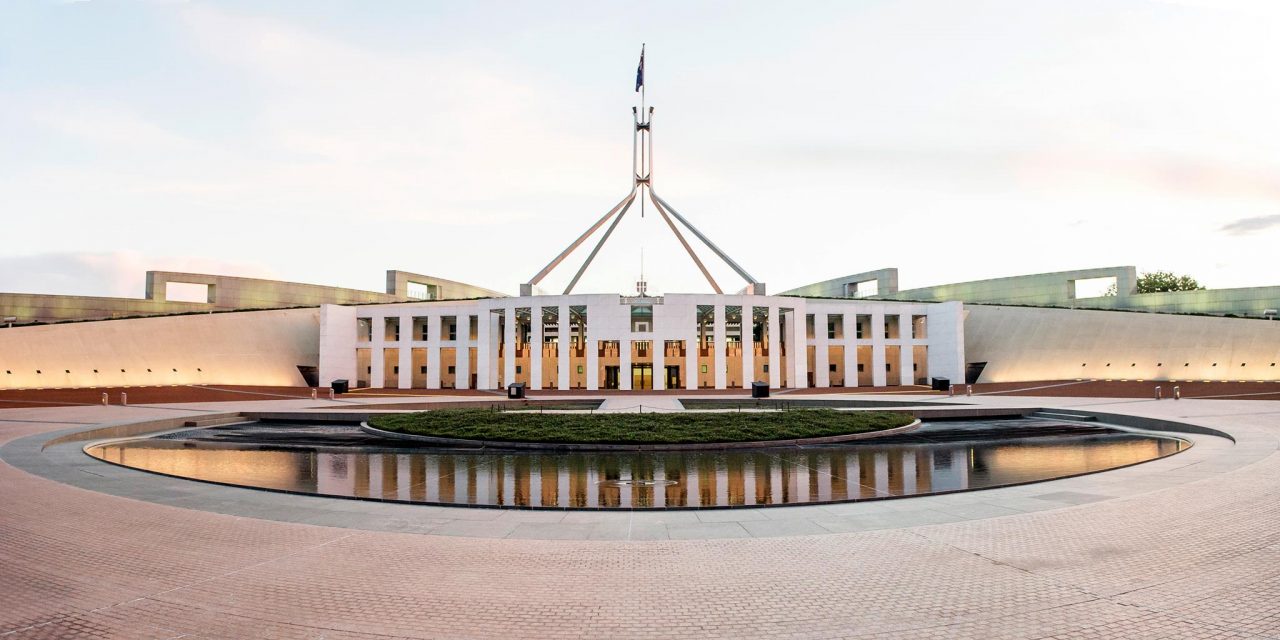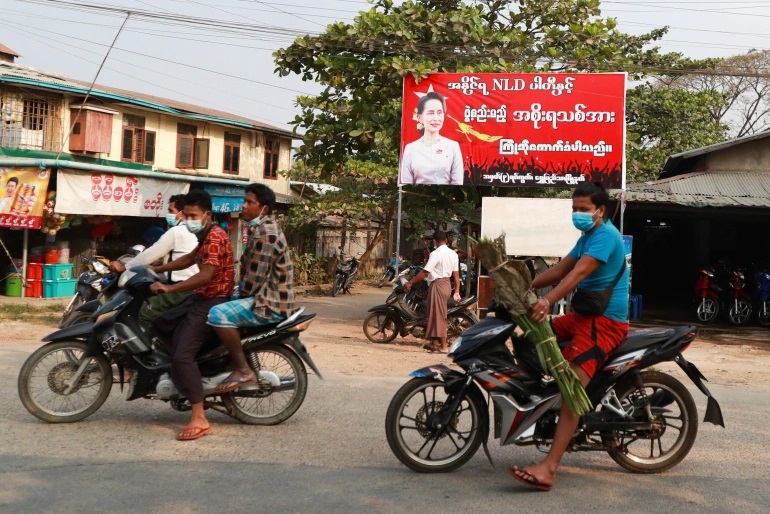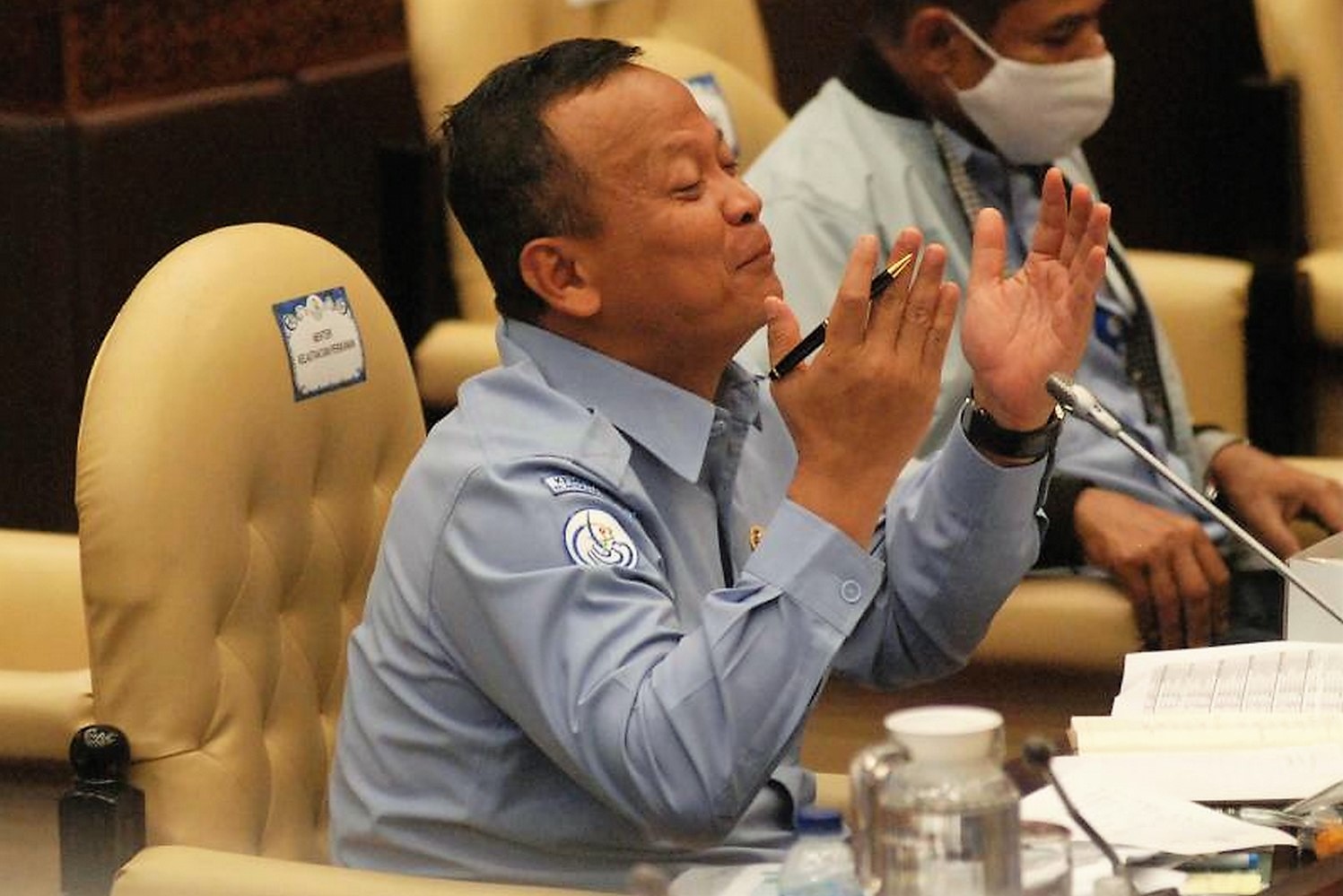Parliament House
2 December 2020
Griffith University and Transparency International Australia have released a major report on the state of Australia’s integrity systems. The report details attitudes towards corruption and plans to improve the nation’s response to it. Objective of the research is to build a stronger, fairer, more accountable system of government.
Australians’ view of corruption as either a “very big” or “quite big” problem, rose from 61% in 2018 to 66% in late October 2020. The proportion of those who believe the federal government is handling corruption issues “very badly” rose from 15% to 19.4% over the same time period.
Trust in the federal and state governments increased from 6.7% in 2017 to 17% in 2020.
Report makes 10 recommendations:
A. connected national integrity plan
1. Co-design and implement a comprehensive anti-corruption plan
2. Guarantee sustainable funding and independence
B. A strong federal integrity commission
3. Ensure scope to review any conduct undermining public trust
4. Legislate stronger corruption prevention functions
5. Enact new, best practice investigation and public hearing powers
C. Open, trustworthy decision-making
6. Reinforce parliamentary and ministerial standards
7. Overhaul lobbying and undue influence regimes
D. Fair, honest democracy
8. Secure national election finance and campaign regulation reform
E. Public interest whistle blowing
9. Enforce consistent, world-leading whistle blower protections
10. Enshrine full ‘shield laws’ for public interest journalism and disclosure.
The Australian Election Study (https://australianelectionstudy.org/) conducts a survey after each federal election. The 2019 survey found that only 59% are satisfied with how Australian democracy is working, the lowest level since the late 1970s – the figure was 56% in 1979. Just 25% of the Australians believe people in government can be trusted. About 56% believe that the government is run for “a few big interests”; only 12% think it is run for “all the people”. This views corruption perception from a different angle.















